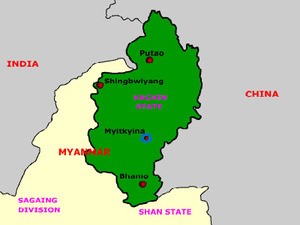Free Courses Sale ends Soon, Get It Now


Free Courses Sale ends Soon, Get It Now



Disclaimer: Copyright infringement not intended.
Context
Myanmar is concerned about the conflict in northern Shan State, which has affected Mandalay-based traders.
About
India-Myanmar Relationship
Major Indian Projects in Myanmar
Commercial and Economic Relations
Border trade
Training Programme
Indian Diaspora
|
PRACTICE QUESTION India and Myanmar share a multifaceted relationship that encompasses political, economic, and strategic dimensions. Analyze the historical evolution of India-Myanmar relations, highlighting key milestones and challenges. |
© 2024 iasgyan. All right reserved